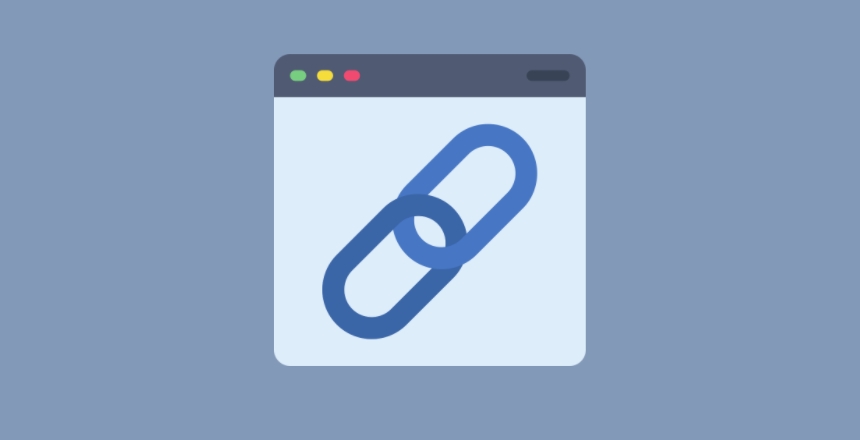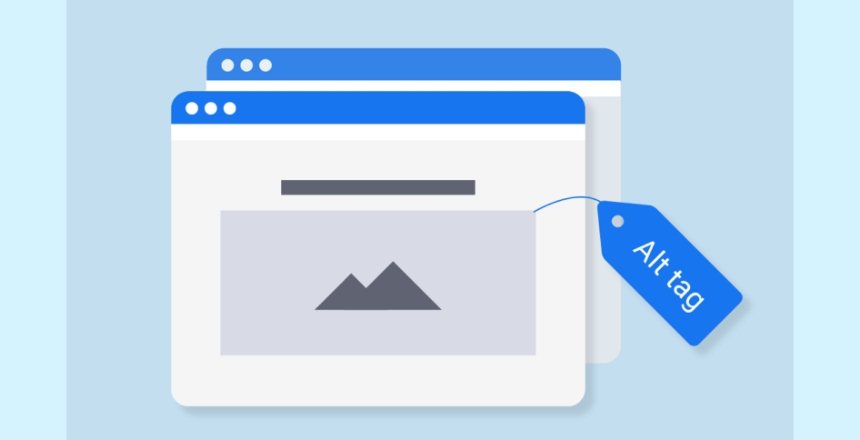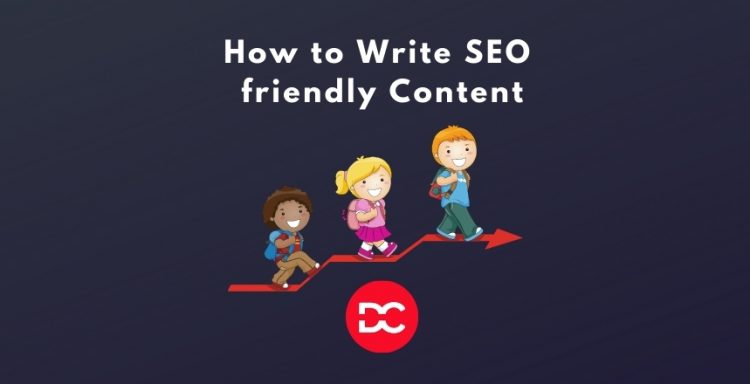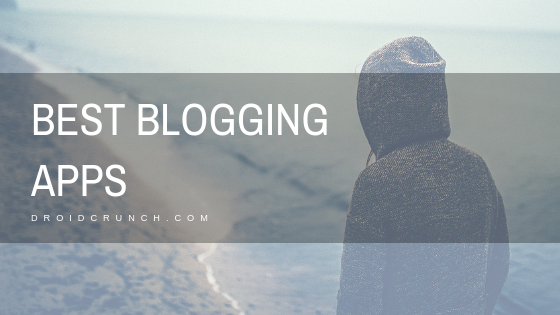Are you putting time and effort into writing content but still not getting the traffic you hoped for? You’re not alone. Many website owners and bloggers face the same problem—publishing article after article, only to see little to no organic growth.
The truth is, it’s not just about writing—it’s about writing smart. According to a recent study by Ahrefs, 90.63% of all web pages get no traffic at all from Google. That’s a huge chunk of content going unnoticed. Why? Because it’s not optimized for how people search or read online.
But don’t worry—this guide will show you exactly how to write SEO-friendly content that ranks higher and connects better with your readers. From choosing the right topic to adding keywords, internal links, and helpful visuals, you’ll learn practical steps to boost your content’s visibility and keep visitors on your page longer. Let’s dive in and turn your words into traffic magnets.
Before you start writing

Whether you’re writing a poem, story, or blog post, having solid research is always important. The same goes for writing SEO-friendly content. Before you start, make sure you understand the topic well by reading from trusted sources like books, websites, surveys, or even interviews.
Once your research is done, the next step is to organize your content. Break it down into subheadings and bullet points—this makes it much easier for people to read and understand.
After that, you’ll want to focus on keyword research. Find out which keywords are most searched and commonly used in your niche. Using the right keywords can give your website a better chance of ranking higher on search engines.
Now think about this—if you’re given a book with no images, you might lose interest quickly, especially if you’re not a fan of long blocks of text. The same thing happens with online content. Adding relevant images helps grab attention and makes the reading experience more enjoyable.
Also, don’t forget to include helpful links to other trusted websites. This not only improves your SEO but also gives your readers more value.
In the next section, we’ll go through these tips one by one. We’ll also talk about some handy tools you can use to make things easier, like tools for keyword research, adding links, and more.
Best tips to write SEO-friendly content
Research your topic well before writing

You’ve probably heard the phrase, “think before you speak.” For content writers, it’s more like, “think before you write.” Before starting any article—let’s say one about the best camera tools—you need to gather reliable and useful information.
You can do this by reading books, searching online, or even talking to professionals in that field. For example, if you’re writing about cameras, try speaking to a photographer to get deeper insights. Doing this kind of research first helps you stay confident while writing and keeps the ideas flowing.
But research alone isn’t enough. Your content should also have a clear purpose. By the end of your article, readers should feel like their questions were answered. If your content delivers value and solves problems, more people will stay, read, and trust your website—this naturally leads to more traffic.
And don’t forget the role of keywords. Even with great content, using the right keywords is what helps your article show up on search engines. So, learning how to find and use strong keywords is just as important as writing itself.
Sources to carry out research for the topic:
- Informatic books
- Newspapers
- Internet
- Professionals in the same field
- Interviews
- Wikipedia
Competitor Analysis

Competitive analysis is a smart strategy for content writing. It helps you see what your competitors are doing—what’s working for them and what’s not—so you can avoid their mistakes and improve your own content faster.
This is especially helpful for beginners in content writing or marketing. With competitive analysis, you can learn a lot, like:
- Keyword research – See which keywords your competitors are using to rank higher in search results.
- Content structure – Look at how their content is organized. A well-structured article with clear headings and subheadings makes it easier for readers to follow.
By studying your competition, you can create content that stands out and connects better with your audience.
Tools for competitor analysis:
- Ahrefs – One of the most popular SEO tools. It shows you what content is working well for your competitors, what keywords they rank for, and where their backlinks are coming from.
- Semrush – A powerful tool that helps you with keyword research, competitor analysis, site audits, and backlink tracking. Great for building a strong content strategy.
- Ubersuggest – Focuses on top keywords, backlink sources, and key features your competitors are using to rank higher.
- SpyFu – Helps you find the organic keywords your competitors rank for, so you can improve your own SEO performance.
- Quick Sprout – A handy tool that gives you a full overview of your competitors and helps you create a solid content plan.
Carry out Keyword Research

Every detail matters when writing SEO-friendly content, and keyword research is one of the most important steps after understanding your topic.
The right keywords help you rank higher on search engines, beat your competitors, and reach the right audience.
Here are a few tips to keep in mind while choosing keywords:
- Go for keywords that have high search volume—they’re more likely to bring traffic.
- Avoid keywords with very low volume, as they rarely help with ranking.
- Check out what keywords your competitors are using for similar content.
- Focus on long-tail keywords. Even if they have fewer searches, they often rank better and bring in more targeted visitors.
Tools for keyword research
- Semrush
- Google Keyword Planner
- Ahrefs Keyword Explorer
- GrowthBar
- Long Tail Pro
Adding Catchy Titles

A short, clear, and meaningful title can make a big difference. If your title is too complicated or something people don’t usually search for, it won’t help your content get noticed.
Your title should clearly show what the article is about. One easy way to find ideas is by checking the “People also ask” section on Google—these are real questions people search for.
Keep your title under 60 characters so it displays properly in search results, and make sure it directly tells readers what they’ll learn.
Here are a few important things to consider when writing a strong headline:
- Focus on balancing words
- Word count should be less than 60 characters
- Headline type
- Power words
- Common words
- And common words
- Headline length (character count)
Include various types of links

Adding different types of links to your content can help improve your search engine ranking. Here are the main types and how they benefit your site:
1. URLs
Make sure your page URLs are clean and SEO-friendly.
- Keep them short and remove unnecessary words.
- Include target keywords.
- Use hyphens to separate words instead of underscores.
- Stick to lowercase letters, as uppercase letters can sometimes cause errors.
- Simple, relevant URLs are easier to read and more effective.
2. Outbound Links
These are links to other trusted websites.
- Linking to high-quality and relevant sites adds value to your content.
- It also shows search engines that you’re sharing reliable information.
- According to Google, backlinks and outbound links together account for around 21% of ranking factors.
3. Inbound Links (Internal Links)
These are links from one page on your website to another.
- They help guide visitors through your content.
- Improve user experience and keep readers on your site longer.
- Internal linking also boosts your site’s authority and helps search engines crawl your content better.
Image Alt attribute

Imagine being someone who doesn’t enjoy reading, and you’re given a book with no images—it gets boring fast, right? The same thing happens with online content. If your article has no images or visual clues, readers might lose interest halfway through.
That’s why adding optimized images is important. It makes your content more engaging and easier to understand.
Here are a few tips for using images effectively:
- Use compressed images to keep your site fast and allow space for more visuals.
- Google can’t read image text, but it can understand the content of images to check how relevant they are.
- Always add alt text, clear titles, and meaningful captions or file names to help both readers and search engines.
- Using screenshots can also be helpful, especially when showing steps, tools, or examples.
Images not only break up long content but also make your website more user-friendly and visually appealing.
Optimize Meta Description

A meta description is a short summary that appears under your page title on Google. It gives readers a quick idea of what your content is about and encourages them to click on your link.
To make it effective:
- Keep it appealing, clear, and informative.
- Aim for 150–160 characters (not words) to make sure it displays properly.
- Try to include your main keywords naturally.
Even if you write a good meta description, Google might not always show it. But including the right keywords increases the chances that it will appear as you wrote it.
Updating your Content Regularly

Updating your content regularly—even without posting something new every day—can make a big difference. When you update your website, Google crawls it more often, which helps improve your visibility.
Fresh and up-to-date content shows Google that your site is active and relevant. This can lead to higher rankings in search results.
Here are some key benefits of updating your content:
- Better rankings
- More backlinks
- Increased traffic
- More shares
- Higher chances of attracting new visitors
Social media share buttons

If someone enjoys your content and wants to learn more about you or your website, they should have an easy way to connect. The best way to do this today is through social media.
By adding social media share buttons—like:
You make it easy for readers to share your content with others.
Social media also acts like a marketplace, helping you reach more people and boost traffic to your website.
Bonus Tip
If you wish to write Content according to Google and rank high up. Then you can refer to Google Webmaster Central Blog.
Google has not given any such algorithm or rules to write content that will rank you high but this guide will help you to write content according to what Google is searching for in the content.
FAQs
What is SEO-friendly content?
SEO-friendly content is content that is written and structured in a way that helps it rank higher in search engine results. It includes proper use of keywords, clear headings, internal and external links, readable formatting, and valuable information that answers users’ search queries.
How do I start writing SEO-friendly content?
Start by researching your topic and understanding what your audience is searching for. Use keyword research tools to find relevant keywords, and then create an outline with headings, subheadings, and key points. Keep your writing clear, focused, and easy to read.
Why is keyword research important in SEO content writing?
Keyword research helps you understand the exact terms people use to search for information. By using these keywords naturally in your content, you increase your chances of appearing in search results and attracting organic traffic.
What are long-tail keywords and why should I use them?
Long-tail keywords are specific phrases that users search for, usually with lower competition but higher intent. Using them can help you rank faster and attract more targeted visitors who are looking for exactly what you offer.
How important are headings and subheadings in SEO content?
Headings and subheadings help structure your content and make it easier to read. They also tell search engines what your content is about, which helps with indexing and ranking. Use H1 for your main title and H2/H3 for subtopics.
Should I use images in SEO-friendly content?
Yes, images make your content more engaging and easier to understand. Optimize them by reducing file size, using descriptive file names, and adding alt text. This helps improve load speed and accessibility, and may even appear in Google Image search.
How does internal linking help with SEO?
Internal linking connects one page of your website to another, helping search engines crawl your site more effectively. It also guides readers to related content, keeping them on your site longer and improving the overall user experience.
What is a meta description and how do I write a good one?
A meta description is a short summary of your content that appears below your page title in search results. To write a good one, keep it between 150–160 characters, include your main keyword, and make it clear and engaging so users want to click.
How often should I update my content for SEO?
It’s a good idea to review and update your content every few months, especially if the topic changes often. Fresh content tells Google your website is active and can improve your rankings and visibility.
Do social media shares help with SEO?
While social shares are not a direct ranking factor, they increase the visibility of your content. More shares mean more people see your content, which can lead to more traffic, backlinks, and engagement—all of which indirectly support your SEO efforts.
Conclusion
Writing SEO-friendly content isn’t just about adding keywords—it’s about creating valuable, well-structured, and easy-to-read content that helps your audience find exactly what they’re looking for.
From researching your topic and using the right keywords to adding helpful links, and images, and updating content regularly, every step plays a role in improving your search ranking.
The goal is to write for your readers first, and then optimize for search engines. When you focus on providing genuine value and keep your content fresh and relevant, organic traffic will naturally follow. Keep practicing these tips and you’ll start seeing real results over time.








